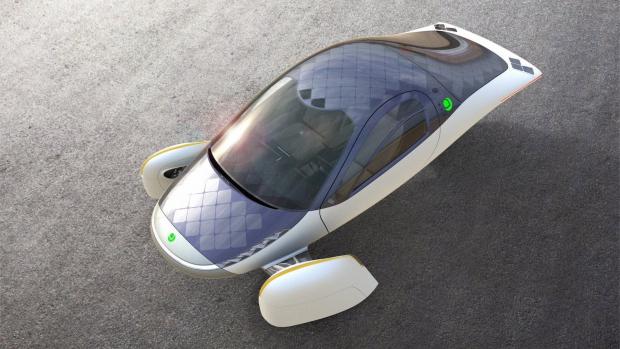
Breaking News
 Incoming: Millions of Water Refugees from Iran
Incoming: Millions of Water Refugees from Iran
 Giving Us Back Some Stolen Money
Giving Us Back Some Stolen Money
 Am I Doing Enough? (Finding Peace When You Feel Behind)
Am I Doing Enough? (Finding Peace When You Feel Behind)
 Landmark trial finds fish oil drastically cuts heart attacks by 43% in dialysis patients
Landmark trial finds fish oil drastically cuts heart attacks by 43% in dialysis patients
Top Tech News
 New Gel Regrows Dental Enamel–Which Humans Cannot Do–and Could Revolutionize Tooth Care
New Gel Regrows Dental Enamel–Which Humans Cannot Do–and Could Revolutionize Tooth Care
 Researchers want to drop lab grown brains into video games
Researchers want to drop lab grown brains into video games
 Scientists achieve breakthrough in Quantum satellite uplink
Scientists achieve breakthrough in Quantum satellite uplink
 Blue Origin New Glenn 2 Next Launch and How Many Launches in 2026 and 2027
Blue Origin New Glenn 2 Next Launch and How Many Launches in 2026 and 2027
 China's thorium reactor aims to fuse power and parity
China's thorium reactor aims to fuse power and parity
 Ancient way to create penicillin, a medicine from ancient era
Ancient way to create penicillin, a medicine from ancient era
 Goodbye, Cavities? Scientists Just Found a Way to Regrow Tooth Enamel
Goodbye, Cavities? Scientists Just Found a Way to Regrow Tooth Enamel
 Scientists Say They've Figured Out How to Transcribe Your Thoughts From an MRI Scan
Scientists Say They've Figured Out How to Transcribe Your Thoughts From an MRI Scan
 Calling Dr. Grok. Can AI Do Better than Your Primary Physician?
Calling Dr. Grok. Can AI Do Better than Your Primary Physician?
Aptera solar-powered car doesn't need to be plugged in to recharge

The PI2 – Aptera's "Production Intent" vehicle – was stripped down in the parking lot test, devoid of any components that aren't required for driving the vehicle at low speed. This included the removal of the body panels, door panels, windows, solar panels, and the high-voltage system.
The Aptera is designed to be a fully solar-powered electric vehicle (sEV). Aptera claims it will have an additional 40 miles of range per day while not needing to be plugged in to recharge as it draws energy into its internal batteries from the sun. There are options for various battery pack sizes. One of which will offer up to 1,000 miles (1,600 km) of range when fully charged. Should you need to drive more than 40 miles a day or weather isn't allowing your Aptera its daily dose of sunlight, it can be plugged in to charge its battery pack.
In January of last year, Aptera announced the Launch Edition which featured roughly 700 watts of solar cells on the composite body and boasted a 400-mile range from a single charge to its 42 kWh lithium-ion battery pack. The integrated solar panels, of course, would continue to charge the batteries continuously as long as it's in the sun.
To put that in perspective, the Tesla Model S Long Range, equipped with a 100 kWh battery pack, has an estimated range of 405 miles.
Toyota's Prius offered solar panels on its vehicles in the past. Earlier models had around 180 watts of solar charging to the car's 12-volt system for running accessories in the vehicle – primarily to assist with the car's cabin fans to keep the interior cool. A later version of the Prius would also feed a small amount of power to the drive batteries, giving the car about an extra mile of range per day.
The 2020 Hyundai Sonata Hybrid also offered a solar roof option with about 200 watts of power, adding roughly 2 miles of range per day. Again, its primary purpose was to keep the 12-volt system charged, and not focused on the 270-volt system the electric drive motors use.

 Unbanked In A Connected World
Unbanked In A Connected World

